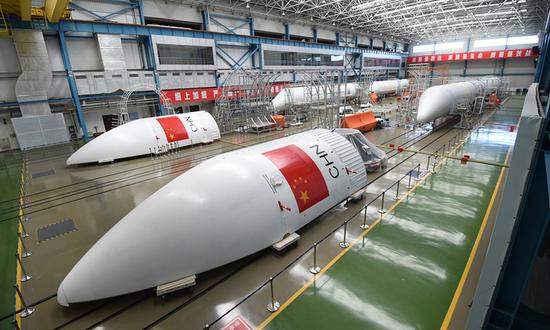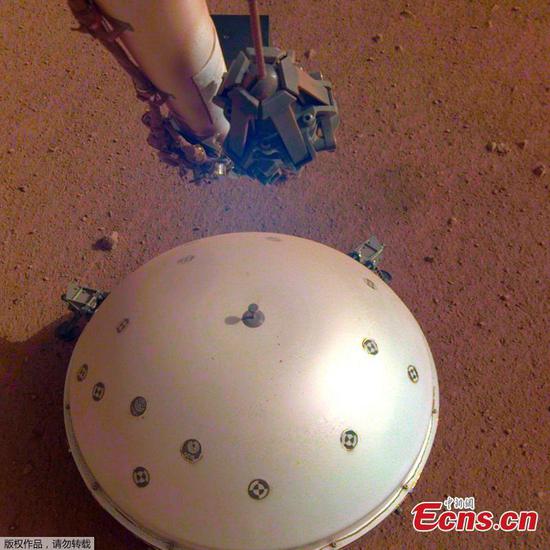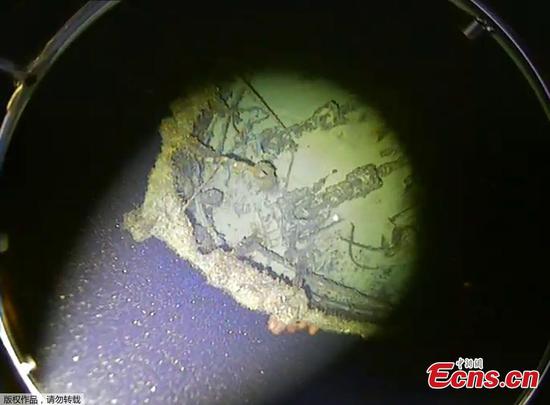
The Large High Altitude Air Shower Observatory, or LHAASO. (MUKESH MOHANAN/CHINA DAILY)
A giant observatory in Sichuan province -- designed to detect high-energy gamma rays with the utmost sensitivity and accuracy -- launched its first set of detectors on Friday, complementing concerted global efforts to decode the origin of cosmic rays.
Set high on Haizi Mountain, the 136-hectare Large High Altitude Air Shower Observatory will consist of more than 6,300 detectors, an array of 12 Cherenkov telescopes and three water ponds containing 3,000 detecting units, according to the Chinese Academy of Sciences.
As its initial operation unfolds, about one-fourth of the full-scale detector and telescope arrays-which were completed in February-will be deployed to begin intercepting gamma rays and collecting data, while the remaining construction is expected to conclude in 2021, according to Cao Zhen, the observatory's chief scientist and a researcher with the Institute of High Energy Physics at the academy.
One highlight of the latest installation is the 2.25-hectare water pond with a 900-unit Cherenkov Detector Array, Cao said.
"The sky-surveying sensitivity of this water pond has surpassed the most advanced installation in this field in other countries by 30 percent."
As the construction is expected to wrap up in two years, the whole set of three water ponds will be able to scan over 60 percent of the sky each day, unaffected by the light of the sun, moon, stars or weather changes, thus ensuring round-the-clock, comprehensive observations, the academy said.
"Compared to the other domestic observatory intended to capture high-energy gamma rays, known as the ARGO-YBJ International Observatory in the Qinghai-Tibet Plateau, the new observatory's sensitivity will surpass that by 56 times when it's fully complete," Cao said.
The origin of cosmic rays has puzzled scientists for a century, and cracking this mystery by capturing and analyzing high-energy gamma rays, believed to be produced alongside cosmic rays, has emerged as a viable and promising method in recent years.
Benedetto D'Ettorre Piazzoli, former vice-president of the National Institute of Nuclear Physics in Italy, said the observatory's dense detector arrays, coupled with effective calibration and control, will yield revealing data.
"The energy ranges these different detectors are capable of spotting will overlap in such a way that would help scientists to better calibrate and gain more accurate data," he said. "It's a key merit of this observatory."
Masahiro Teshima, director of the Max Planck Institute of Physics in Munich, Germany, also said accuracy is the lifeblood of studies in physics. "Given the Cherenkov Detector Array's capability to measure precisely the gamma rays of very high energy from the universe, the massive data will complement experiments and research on gamma rays in other parts of the world."


















































